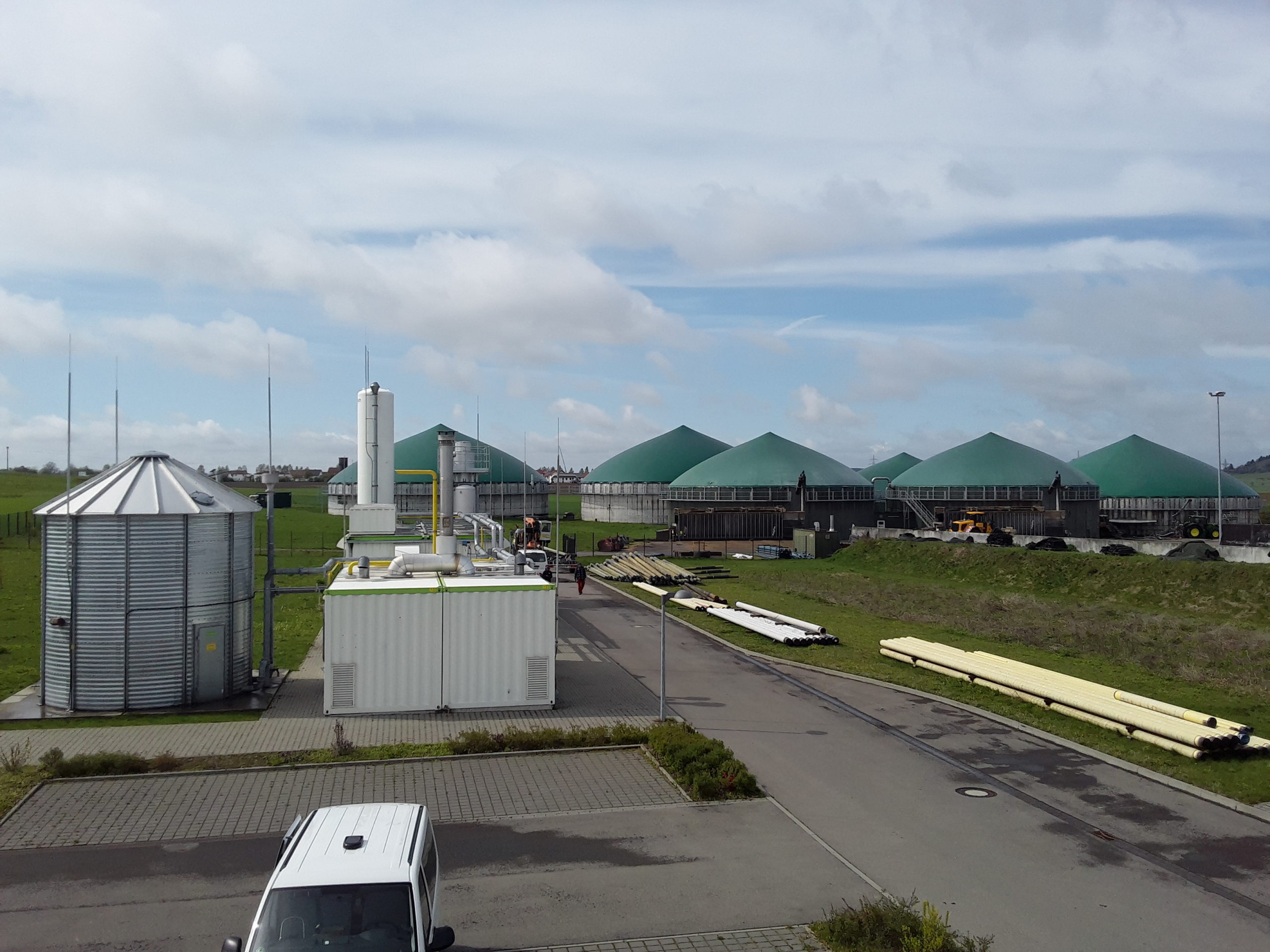Biogas industry creating employment in rural India
The production of biomethane through the anaerobic digestion of organic wastes is a small-scale and decentralised industry that depends on animal manure, agricultural residues, and other organic wastes. The sector generates employment and business opportunities in rural economies as it requires humanpower for the various tasks involved in the collection of biomass, installation, operation, and maintenance of the biogas plants, production and procurement of biogas, conversion of biogas, and other operations in the bioenergy supply chain. Biogas industry can create employment in three different categories. The first category of employment is direct employment in the biogas projects, which includes all the humanpower required for crop production, construction, operation and maintenance of the biogas plants, and transportation. The second category is the indirect employment generated in the economy due to investments in the biogas fuel cycles. The indirect jobs are mainly in the supporting industries such as equipment manufacturers, service providers, etc. In addition to direct and indirect employment, the biogas industry has the potential to generate induced employment. There may be a rise in demand for products and services as a result of increasing revenue through direct and indirect work opportunities, resulting in more job opportunities. Bioenergy can also offer opportunities to farmers to diversify their market outcomes and earn secondary incomes with the installation of plants in agricultural fields. Agricultural wastes can be used as biomass to produce biogas and digestate, which can be used as organic manure. Farmers can earn income by selling the biogas to the grid or can use it for self-consumption, thereby reducing their energy expenses.
Employment potential
According to the Indian Biogas Association, India’s biogas industry is dominated by family-sized biogas facilities. In the country, there are over 4,120,000 biogas units, which employ both semi-skilled and unskilled workers. The number will grow significantly in the coming years, as the government’s emphasis on organic farming and renewable energy will propel the business forward. In 2018, the Indian government launched the SATAT (Sustainable Alternative Towards Affordable Transportation) scheme, which aims to create a sustainable ecosystem for compressed biogas generation from various biomass sources. By 2025, the SATAT initiative seeks to build 5,000 large-scale biogas facilities. Independent entrepreneurs are encouraged to put up these biogas plants. To reach the target of 5,000 plants, India would require the humanpower of 415,000 skilled and semi-skilled technicians for the construction and operation of these plants. These large biogas plants would also require unskilled manual workers to carry out the day-to-day operations at the plant. A more in-depth analysis of the jobs created by these biogas plants reveals that India will require approximately 55,000 skilled plant designers and site engineers, 200,000 semi- and low-skilled workers for construction activities, 10,000 highly skilled engineers to oversee administration, data monitoring, and other critical operations, and 150,000 unskilled workers to carry out routine plant operation and maintenance. Apart from SATAT, the government has initiated several initiatives to increase biogas investment, including Gobar-Dhan, New National Biogas and Organic Manure Programme, Biogas Power Generation (Off-Grid) and Thermal energy application Programme, National Policy on Biofuels, and Waste to Energy Programme. These initiatives will support the creation of new business and employment possibilities in the country. The biogas industry has a strong potential for self-employment, rural development, and long-term livelihoods in the country. Accelerating the energy transition to accomplish the Sustainable Development Goals (SDGs) and global climate goals will result in a massive increase in renewable energy job opportunities.



